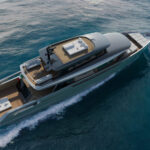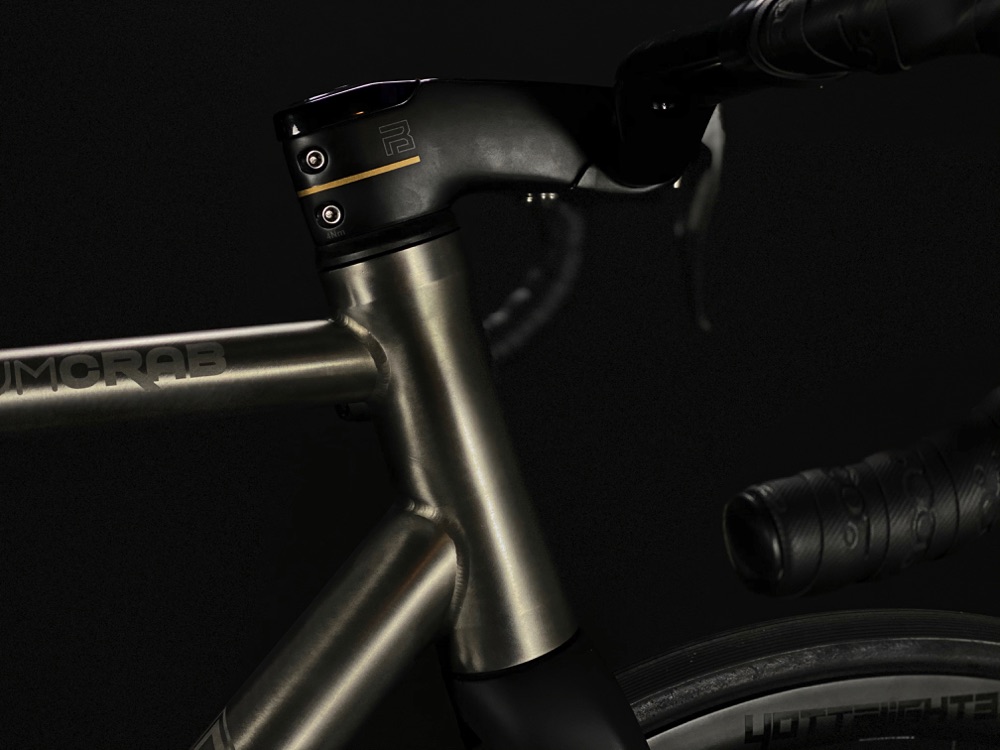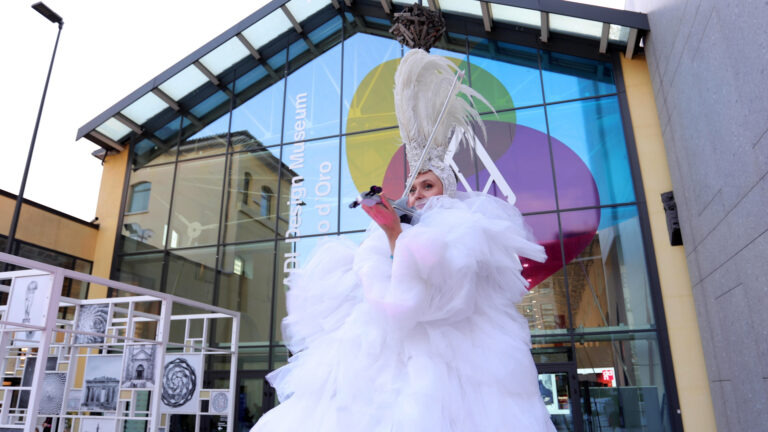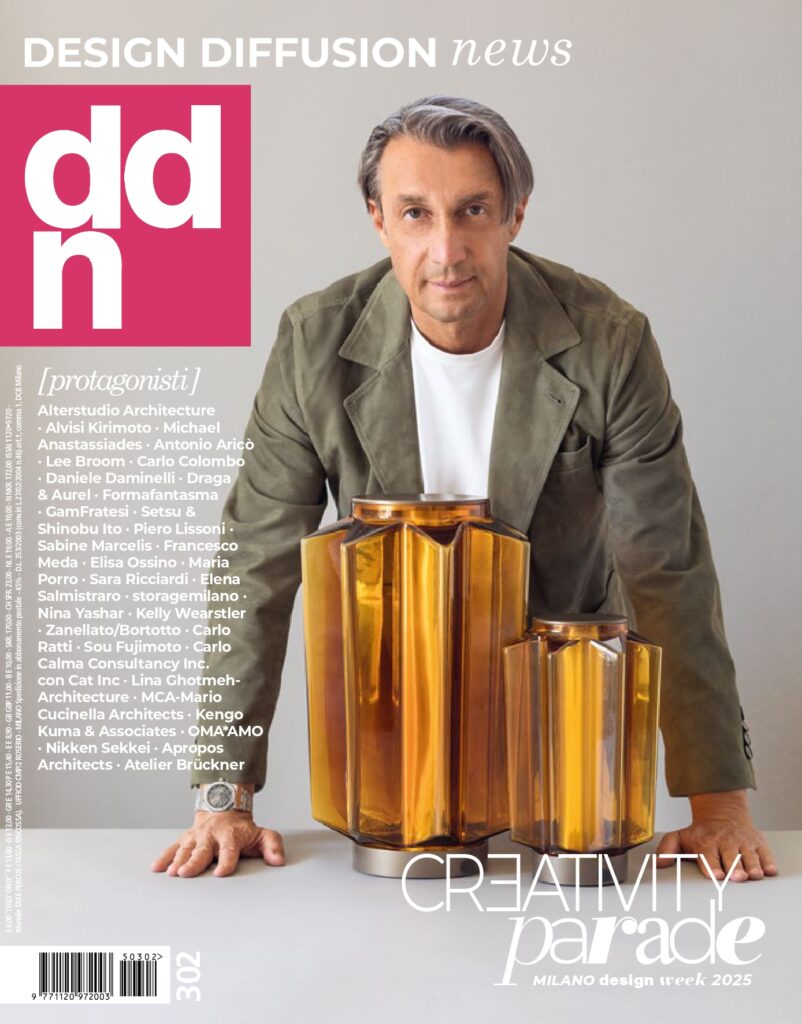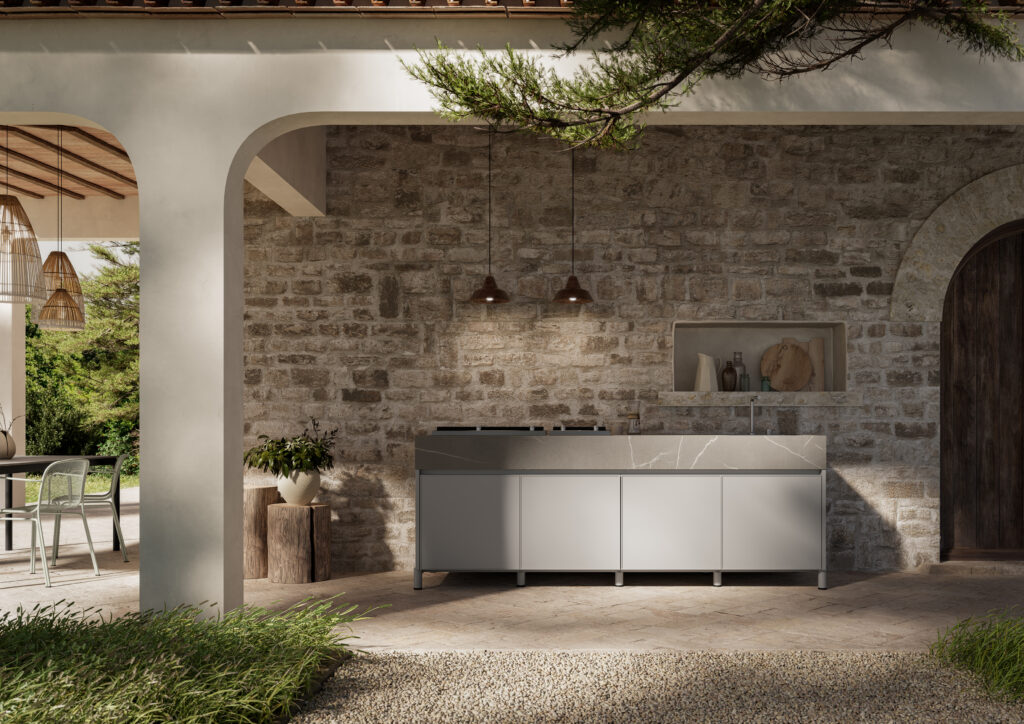With the pandemic and the health emergency, the bicycle has made a comeback as the favorite mode of transportation. We never think of the bicycle as a design product; however, it is the perfect example of a product designed around man as it must adapt to the person who will use it. Romolo Stanco, architect, designer and researcher, founder of T°Red Bikes with Erica Marson, told us how to design a custom bike, and how to build the ideal bike.
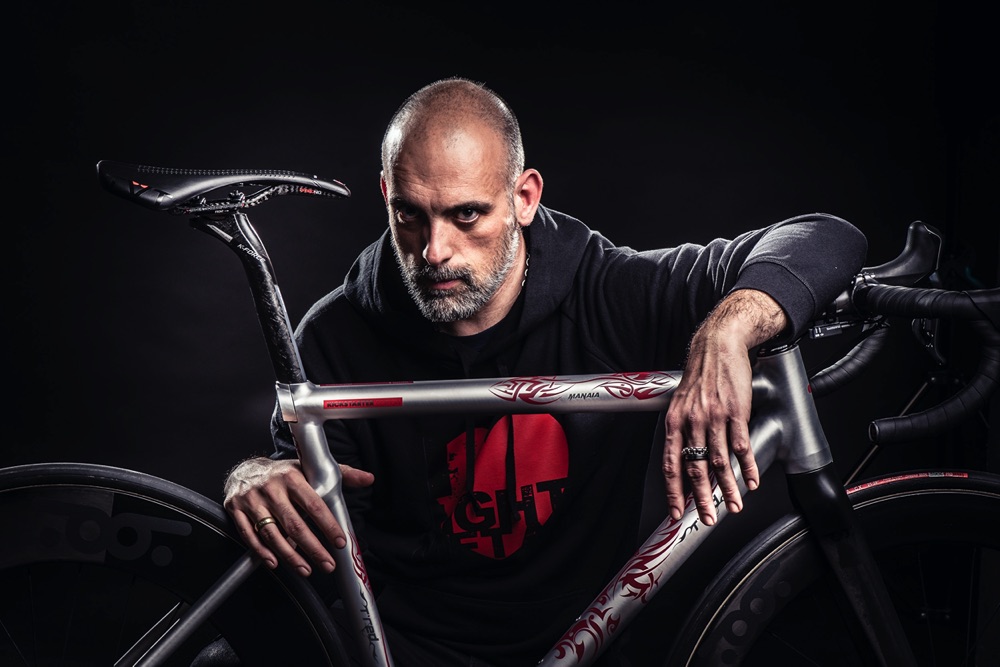
How was T°Red Bikes born?
Like many things, it was born a bit by chance, as a combination of different experiences that generated another. I have always been an amateur cyclist, but until 2013 I was just an architect and designer. However, I have always had a passion for research and challenges, so, when Giairo Ermeti (Italian track and road cycling champion) asked me to design and build the bike for his last championship, I accepted the challenge.
That first track bike was followed by others, and that’s how T°Red Bikes was born. Today, T°Red Bikes is essentially a research laboratory making custom and tailor-made track and racing bikes. We have received numerous awards, such as Enterprise of the Year in the “Cambiamenti” contest, by CNA, in 2017. In 2018, Benjamin Thomas’ Manaia bike won the Best Track Bike award at the NABHS (North America Handmade Bicycle Show), a success that was repeated in 2019.

What does “tailored bicycle” mean exactly?
The bicycle is an extension of the body, and, in order to function at its best, it must adapt to the anthropometric characteristics of its user. For this reason, we are not a company that produces bicycles but basically a research laboratory. Besides designing a shape, we invent and patent materials that we use to build the frames.
What distinguishes our production from an industrial production is that we start from a project. We build racing and track bikes for world champions, developed exactly like a race car, including materials and components. We do the design, develop the prototype, and follow up with production. And we do this for both champion and amateur bikes. In this way, even amateurs have the chance to have bikes delivering exceptional performance, even without being champions.
Discover Caimi OpenLab, the laboratory at the service of research
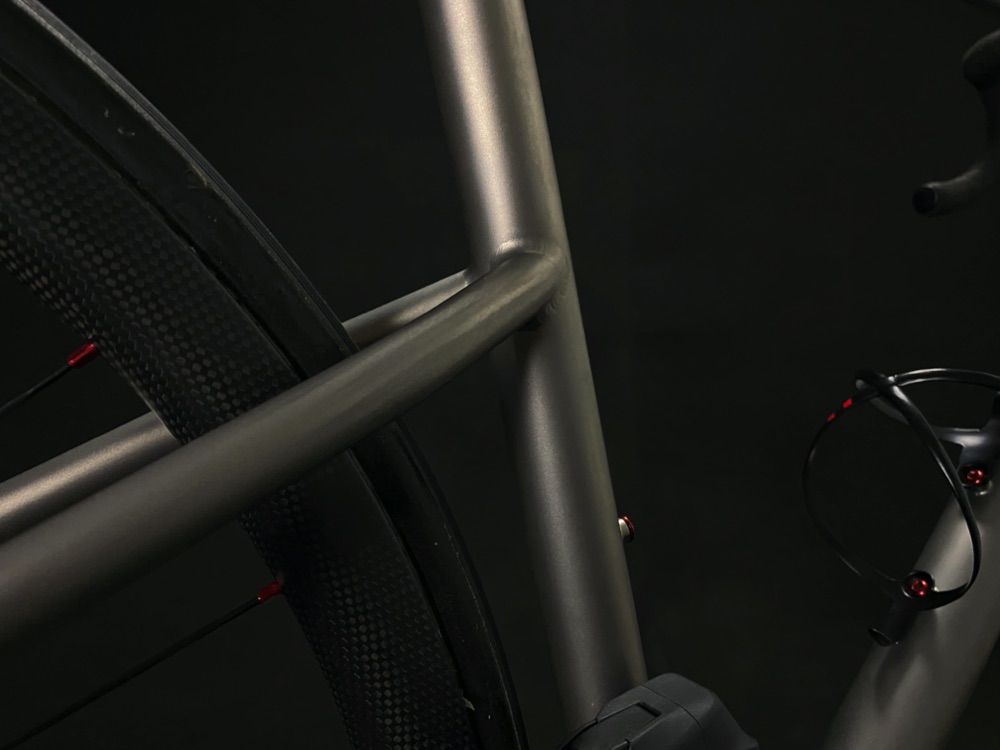
Is there an ideal material for high-performance bikes?
Actually, there is no absolute best material for bike frames. For example, for the structural parts of track bike frames, we use our own patented materials. For amateur bikes, we also use carbon or titanium sometimes. Titanium is a softer and more elastic material, which might be more suitable for a not-so-young amateur cyclist. All our bikes are unique pieces perfectly adapted to the client’s body and needs, be they a champion who needs to set a track record or an amateur who wants to keep fit. Moreover, they are 100% made in Italy.

Who is the ideal client of T°Red Bikes?
Apart from track bikes, which of course are made for athletes, our clients are amateur cyclists, who use the bike to keep fit. We must consider that cycling is a very popular sport in Italy, which has always preserved its charm over time. So, there are a lot of amateur cyclists, who love the bike and consider it an ideal fitness tool. They have a certain spending power and want a custom bike able to ensure the best possible performance.

We are taking advantage of Romolo Stanco’s experience to find more out about components. What things are to be considered when buying a bicycle – even a common one?
It depends on the use, of course, but some components are common to all bikes. All bikes have wheels, brakes, saddle, handlebar. Not all have the freewheel; track bikes and many road bikes, for example, are fixed-gear.
Sometimes amateur cyclists do not pay much attention to two components that are very important for comfort and partly for safety: the handlebar and the saddle. If we think that a person who uses a bike to get around or go to work can easily ride 20 or 30 kilometers a day, posture and comfort are not details.
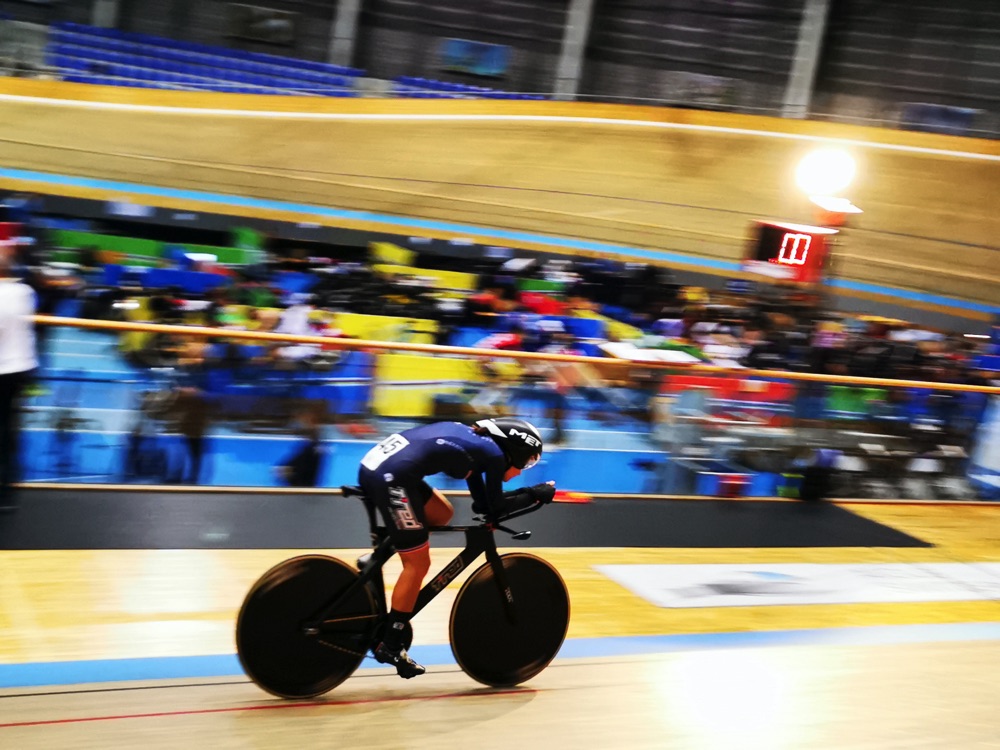
The handlebar for a safe hold
The handlebar, for example, has to allow different hand positions, it must not to force you into a single grip. If the handlebar forces you into an uncomfortable position or into an incorrect posture, cycling can become a pain. When you buy a bike, you should try and try again the grip on the handlebars until you are sure.
Choosing the right saddle for comfort
The saddle is even more important: choosing the right saddle really makes the difference between being comfortable and being uncomfortable. First of all, we are not all the same, so one saddle is not as good as another. We sit on the saddle, so comfort depends on the size and shape of our hips. With city bikes it can be even more complicated because, while an athlete has appropriate clothing, in our city outfits we may have jeans that rub or pants that feel too tight. The wrong saddle can make the ride to and from work a real pain.
On some – particularly expensive – bike models, sometimes the saddle is on trial so that you can test it for a while and make sure you have bought the right one.
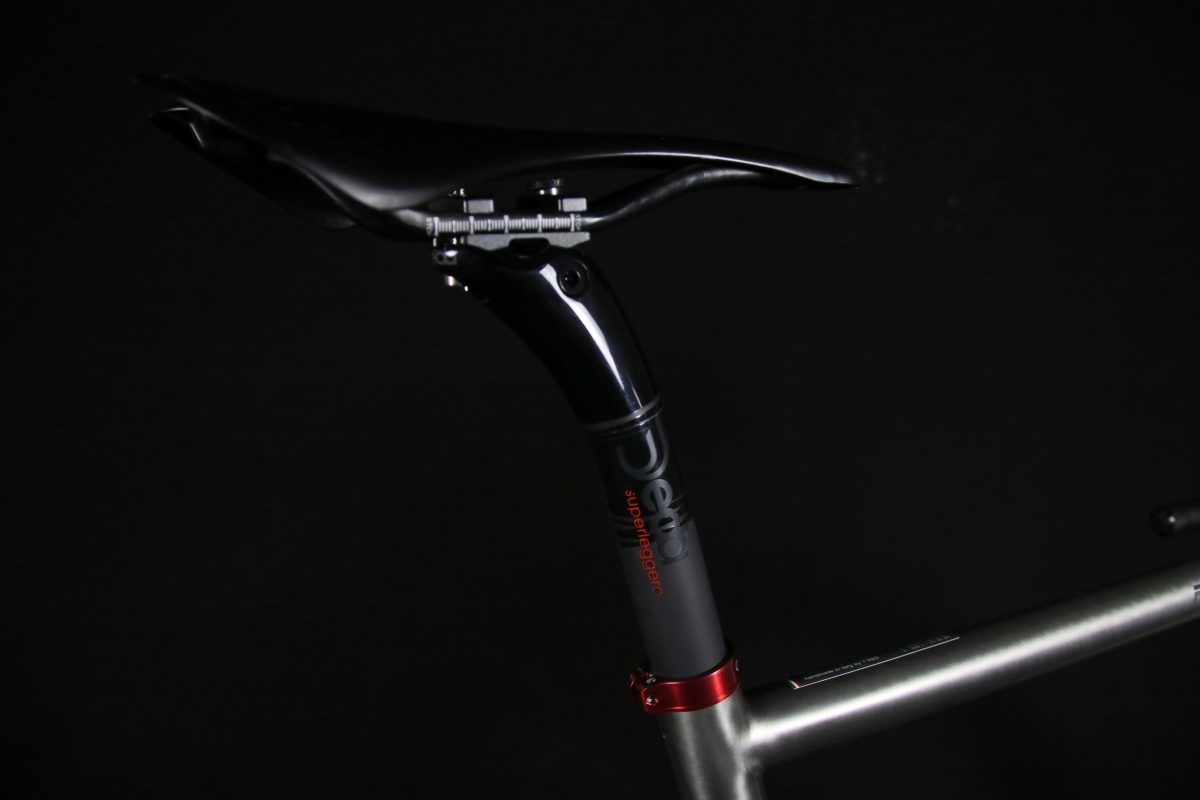
Therefore, as you can see, the bike is an apparently simple means that is very complicated actually. Perhaps it is so complicated precisely because the engine of the bike consists in our legs, so the design of a bike involves many variables. [Txt Roberta Mutti]


